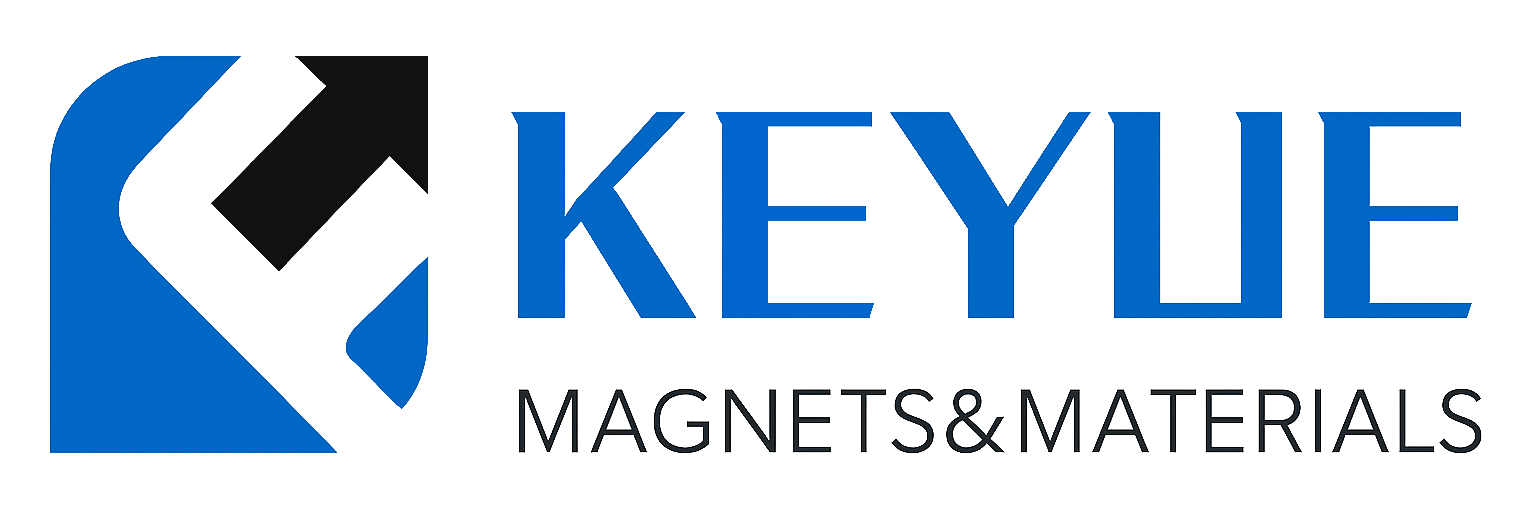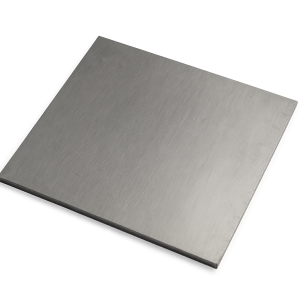描述
钨镍铁合金板(WNiFe Alloy Plate)
产品简介
钨镍铁合金板(WNiFe Alloy Plate)是一种由钨(W)为基体,添加镍(Ni)与铁(Fe)制成的高密度合金材料,兼具高比重、高强度、优良导电导热性及抗震性能。
该材料常用于辐射屏蔽、高温结构件、平衡配重、模具及航天防护装甲等领域,是一种兼具结构与功能性的高性能金属材料。
WNiFe 合金板以其高密度(17–18.5 g/cm³)和出色的机械性能,被广泛应用于真空设备、精密机械、军工防护与核能系统。
产品详情
苏州科跃材料科技有限公司生产的钨镍铁合金板采用液相烧结—热等静压(HIP)—精密机加工工艺制备,结构致密,成分均匀,表面平整光滑。
产品符合 ASTM B777 / AMS-T-21014 / ISO 9001 标准,可根据客户要求定制密度、成分及尺寸。
典型规格:
-
成分比例:W 90–97 wt%,Ni 2–6 wt%,Fe 1–4 wt%
-
密度:17.0–18.5 g/cm³
-
厚度范围:1 – 50 mm
-
尺寸范围:≤ 400 × 200 mm(可定制)
-
制造工艺:液相烧结 + 热等静压 + 精密加工
-
表面状态:金属灰色 / 抛光光亮 / 无氧化层
性能特点
-
高密度与高强度:密度高达18.5 g/cm³,力学性能优异。
-
良好导热性与导电性:适合电极、散热与吸能结构。
-
抗冲击与抗振动性能强:适用于惯性阻尼部件与防护件。
-
热膨胀系数低:与硬质合金及钢结构匹配良好。
-
可机加工性良好:易于车削、铣削及线切割加工。
应用领域
-
辐射屏蔽与核防护装置
-
真空设备与高温结构件
-
惯性阻尼配重与陀螺稳定系统
-
电子与微波吸收元件
-
航空航天防护与平衡组件
-
模具与焊接电极基体材料
技术参数
| 参数 | 典型值 / 范围 | 说明 |
|---|---|---|
| 密度 | 17.0–18.5 g/cm³ | 高密度结构 |
| 抗拉强度 | ≥900 MPa | 优异力学性能 |
| 硬度 | HRC 28–35 | 耐磨性强 |
| 延伸率 | 10–20% | 具韧性与延展性 |
| 电阻率 | 6.0 × 10⁻⁸ Ω·m | 稳定导电性 |
| 热导率 | 120 W/m·K | 优良导热性能 |
| 比热容 | 0.13 J/g·K | 高温稳定性好 |
| 磁性 | 微磁性 | 可根据Ni/Fe比例调控 |
常见问题(FAQ)
| 问题 | 答案 |
|---|---|
| WNiFe 合金的主要特点是什么? | 高密度、高强度、良好导热性与耐冲击性能。 |
| 是否具磁性? | 含铁成分,具弱磁性。 |
| 是否可机加工? | 可进行车削、铣削、磨削及线切割加工。 |
| 是否能用于辐射防护? | 是的,常用于γ射线与X射线屏蔽部件。 |
| 是否适合真空设备? | 是,具高纯度与低气体释放率。 |
| 是否可定制尺寸与密度? | 支持定制厚度、密度及化学成分。 |
| 是否符合RoHS/REACH? | 是,完全符合国际标准。 |
| 是否附检测报告? | 提供密度、硬度与化学成分检测文件。 |
包装与交付
所有钨镍铁合金板出厂前均经过密度检测与表面研磨处理。产品采用真空密封、防氧化包装,并配出口级防震木箱,确保国际运输安全。
提供 COC、检测报告、RoHS/REACH 文件

.png)
-300x300.png)
-300x300.png)

评价
目前还没有评价